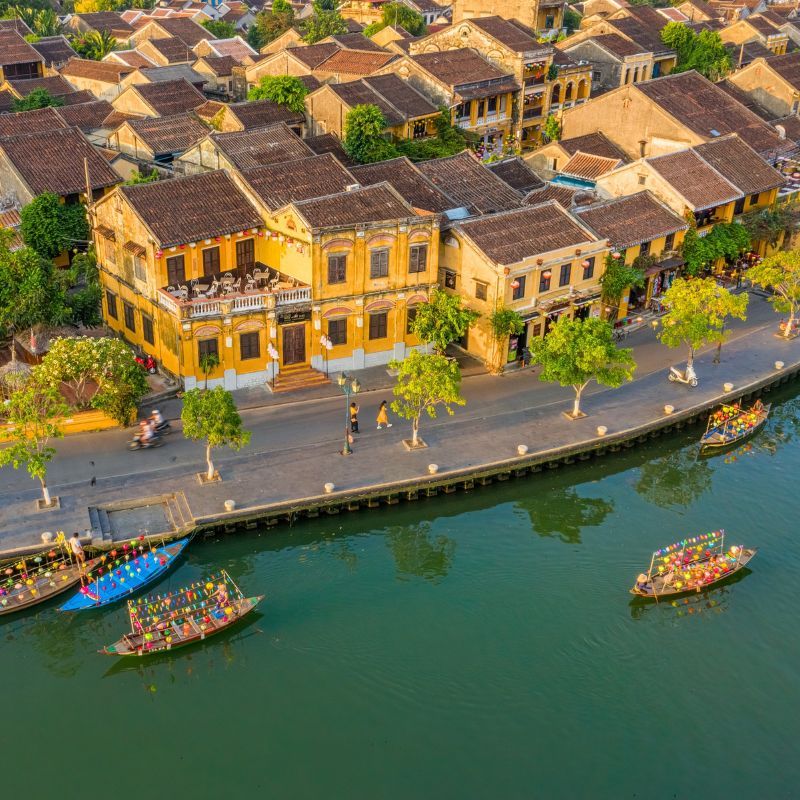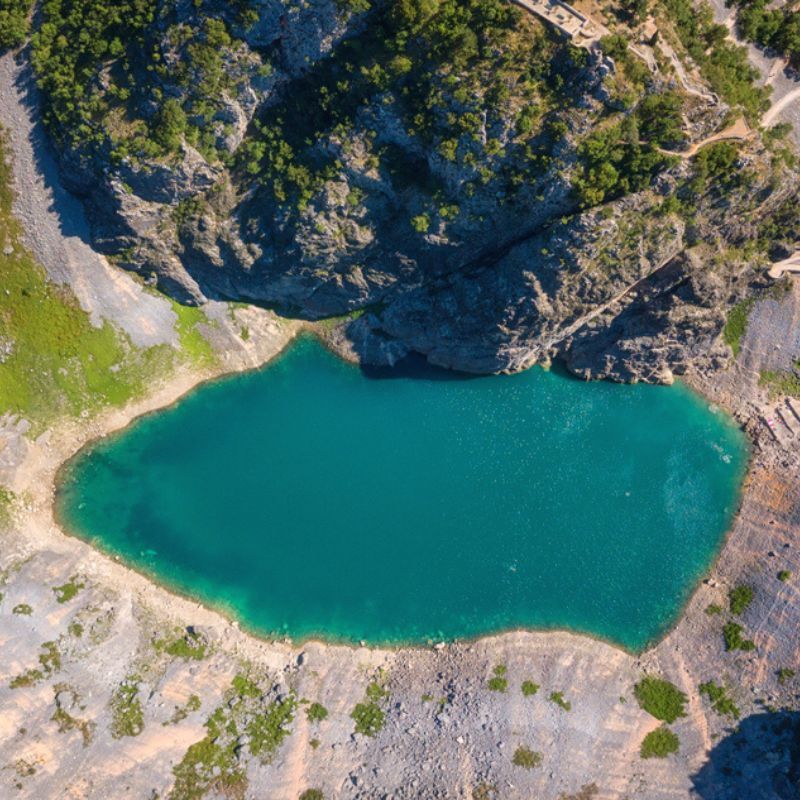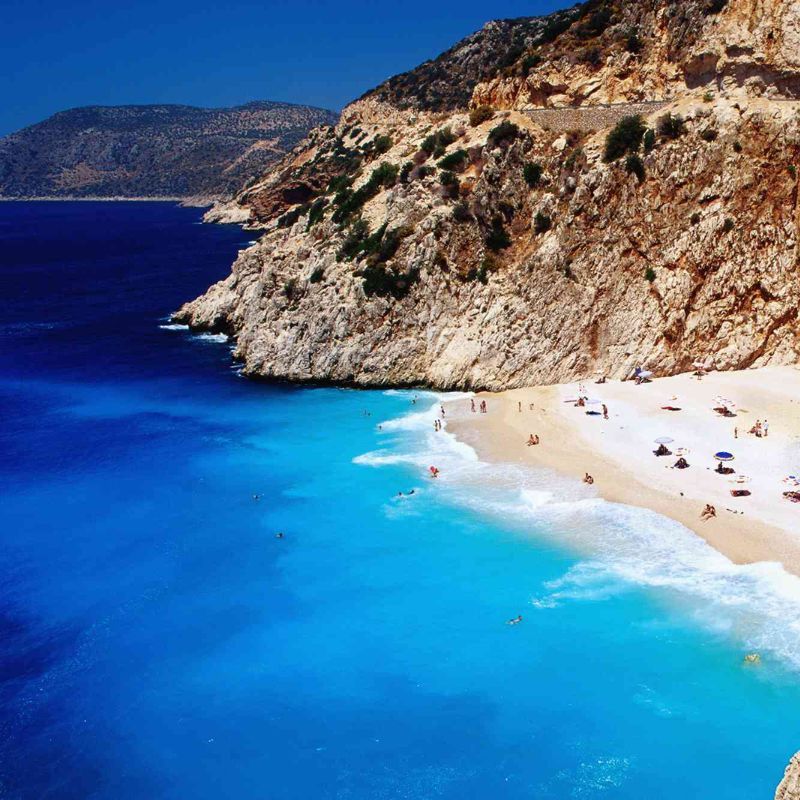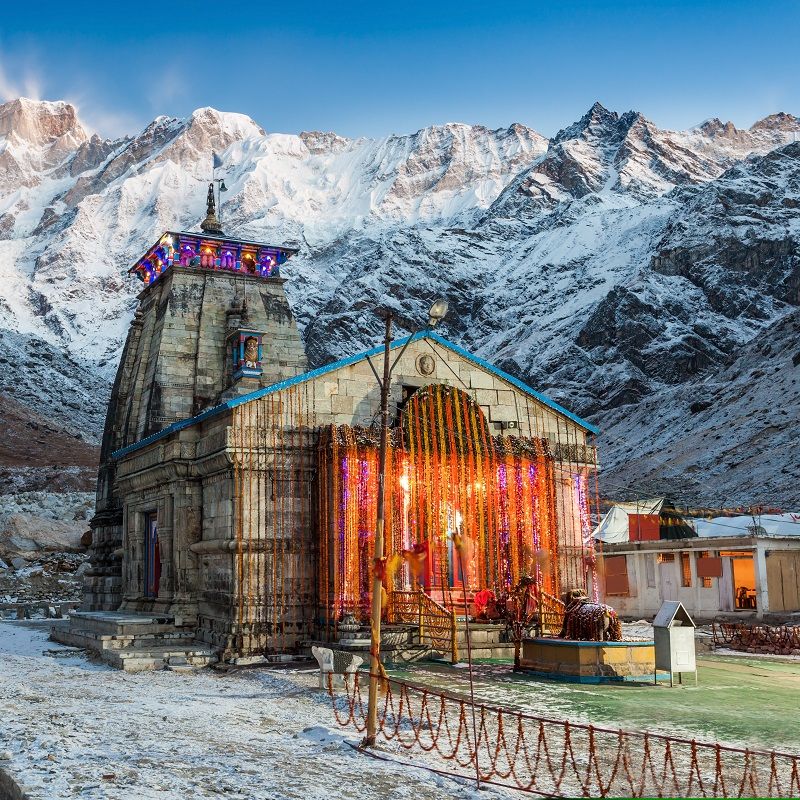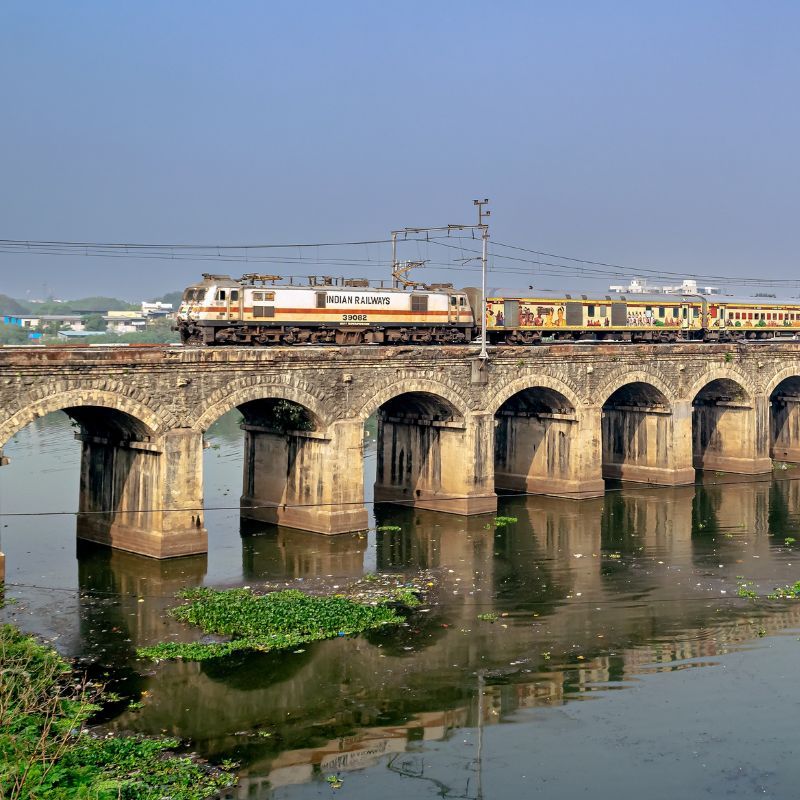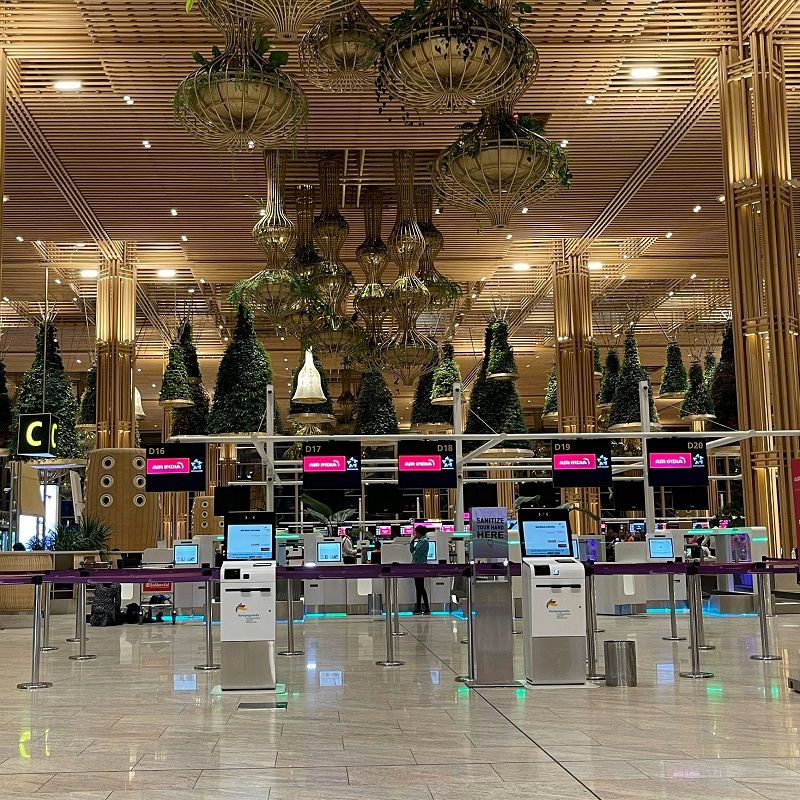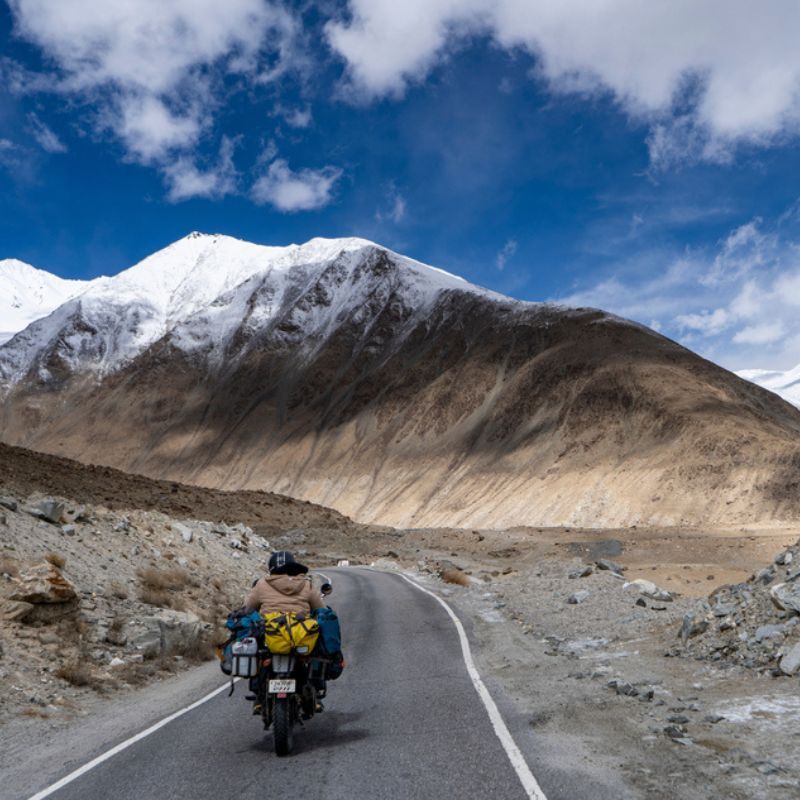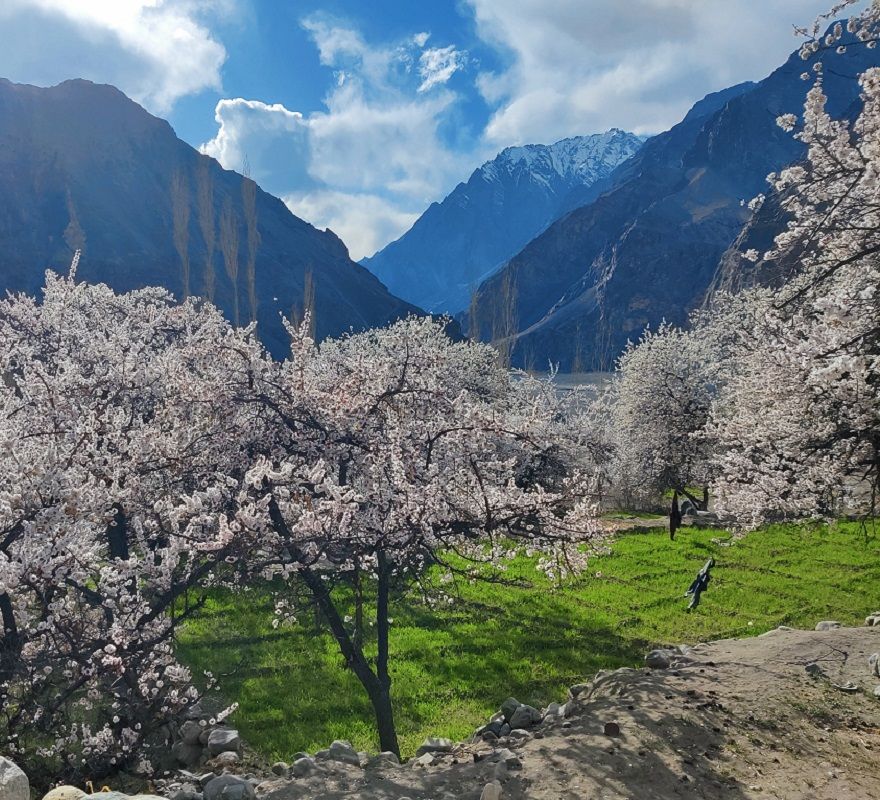
The desert city of Bikaner has layers of history woven into its many forts and palaces. Get ready to be bedazzled. By Bindu Gopal Rao
“Did you know Bikaner has over a thousand old mansions?”
When my tour guide rolled out the list, I, am stumped! Soon, I discover that this isn’t the only thing I didn’t know about this desert city in Rajasthan.
Fort Fixation

Established by Rao Bikaji, son of Rao Jodhaji, the kingdom of Bikaner was founded in AD 1448. I start my exploration of the desert city at the 16th-century Junagarh Fort, whose foundation was laid by Rai Singh, the sixth ruler of Bikaner. The fort has housed 20 rulers up until 1902, with each one’s substantial contribution to its present form. Karan Mahal, Gaj Mandir, and Phul Mahal (all inside the fort complex), for instance, were built by the 14th ruler, Gaj Singh; Anoop Mahal was conceived by the 17th ruler, Suraj Singh; and Chhatar Mahal was the brainchild of the 20th maharaja, Dungar Singh. The 10th ruler, Anoop Singh, added statues of various gods and goddesses from the Deccan during his campaigns with Aurangzeb, and also brought in Sanskrit manuscripts and other valuable books. In 1963, Junagarh Fort was donated to a trust by Karni Singh, the 23rd and last maharaja of Bikaner, who created the Maharaja Rai Singhji Trust, which later opened the fort to the public.
Junagarh Fort has witnessed several battles, but no enemy was ever able to breach its fortification. It is one of the most well-maintained forts in the state, and has an iconic red sandstone façade. The complex is well laid out, with an eclectic mix of palaces constructed in red sandstone and marble, with numerous open courtyards, ornate lattice windows, intricate carvings, frescoes, wooden ceilings, lacquer work, filigree designs, stone carvings, mirror-work, and beautiful archways. Here, at Ganga Mahal you can see a restored biplane—one of the two models used by the British during World War I and donated by the British to Maharaja Ganga Singh. Visitors to the fort are also advised to check out the Prachina Museum in the premises, with its display of traditional textiles, jewels, arms, and royal portraits.
Exploring The Walled City

For a lesson in history and to admire the beautiful architecture of Bikaner’s famed mansions, or havelis as they are called here, head to the old city. Bikaner is a walled city, surrounded by a stone wall with five gates. Walking through the narrow, labyrinthine lanes is the best way to admire the ornamental façades of these grand havelis. Built between the 17th- and early 20th-centuries, and owned by business tycoons, these forts combine Rajput and Mughal architectural styles with British colonial detailing. The intricate stone latticework, overhanging eaves, and enclosed balconies make for a compelling sight.
The walled city is a photographer’s delight, and easily the most Instagrammed place in Bikaner. Today, while most of these grand mansions
are being preserved, quite a few are being razed to the ground. While most of the havelis are locked up, do take out time to visit the ornate Bhanwar Nivas, one among the several havelis belonging to the affluent merchant family of Rampurias. Built in 1927, and now a hotel, it is one of the grandest havelis in the city. Its awe-inspiring interiors feature several artworks, antiques, portraits, and stonework. The older part of the haveli houses a workshop on Usta art. An umbrella term for art forms like Naqqashi and Manoti, Usta art work can be seen on the walls of several structures of the Junagarh Fort, such as Anup Mahal, Phool Mahal, and Karan Mahal.
Camel Country

Located in the northeastern part of Rajasthan in the Thar Desert, Bikaner is also known as camel country. You see camels everywhere; camel carts are routinely spotted on the roads as well. The sand dunes are the perfect place to enjoy a camel ride, if that interests you. However, a visit to the world’s largest camel research and breeding farm, the National Research Centre on Camel, comes highly recommended to learn interesting facts about the mammal, or sample products made from camel milk, including textured kulfi and lassi.
Sights And Sounds

Bikaner has many monuments, including the royal cenotaphs at Devikund Sagar, the cremation grounds of the royal family. The earliest cenotaph is of Rao Kalyanmal and the last one built in ode to Karni Singh. The earlier cenotaphs have been constructed in Dulmera red sandstone, while marble has been used for the later ones. The best cenotaph belongs to Anoop Singh, with 16 pillars and carvings showing the life of Hindu god, Lord Krishna, as well as bird and animal motifs. Locally known as chhattris, the cenotaphs of males are denoted by a vertical memorial slab, while the female cenotaphs have footprints engraved on a slab.
The Ganga Government Museum in Shardul stands proud with its archaeological finds from the Harappa and Gupta periods. Its an informative stop to learn about Rajput weaponry, the famed blue pottery of Jaipur, and lithographs from the first war of independence. The Rajasthan State Archives, a favourite with researchers and academicians who come here to study the ancient administrative records preserved here, features intriguing digitised records from the Mughal era.
Local Soirée

Hire a two-wheeled horse-drawn carriage, known as a tonga to explore the bustling local markets. Beautifully adorned camels are also hired for rides. The ride not only lets one navigate the narrow lanes fairly easily, but is also a good way to take in the sights and smells, and insights into the local community from a different perspective. Bikaner has a rich food culture that merits an exploration in itself. Some interesting pit stops include Chunnilal Tanwar’s shop on Old Jail Road for sherbet, made from the extracts of fresh flowers like jasmine, rose, screw pine, and sandalwood. Also try rabdi at Manka Maharaj in Joshiwara, and kachori at Chai Patti.
Spiritual Sojourn

The Karni Mata Temple, usually referred to as the ‘rat temple’, is another stop that deserves the visitors’ time. Located on the outskirts of the city in Deshnok, this temple has a large façade of stone and marble. The main deity here, Karni Mata, is believed to be an incarnation of Goddess Durga. Rats, also referred to as kabbas, are revered here and it is common to see people feeding them. While these ‘royal rats’ are harmless, do take care not to hurt them. The locals consider the sighting of a white rat auspicious.
Another notable temple is the Bhandasar Jain Temple located at the southwest end of the walled city. It dates back to the 15th century and is dedicated to the fifth Jain tirthankar (teacher). Legend has it that a whopping 40,000 kilograms of ghee, instead of water, was used to construct this temple. The leaf paintings, frescoes, and intricate mirror work on the walls make it an interesting stop for architecture-lovers. Look up at the ceiling to see intricate images of several of the tirthankars painted amid beautiful floral motifs.
Getting There
All major airlines operate direct flights to Bikaner from New Delhi and Jaipur.
Best Time To Visit
October to March
Ideal For
Families with kids
Must-See
A visit to Bikaji Foods International is recommended to watch popular Rajasthani snacks being prepared using traditional methods.
Related: 9 Travel Experiences in Rajasthan That Are Hard To Find Anywhere Else


